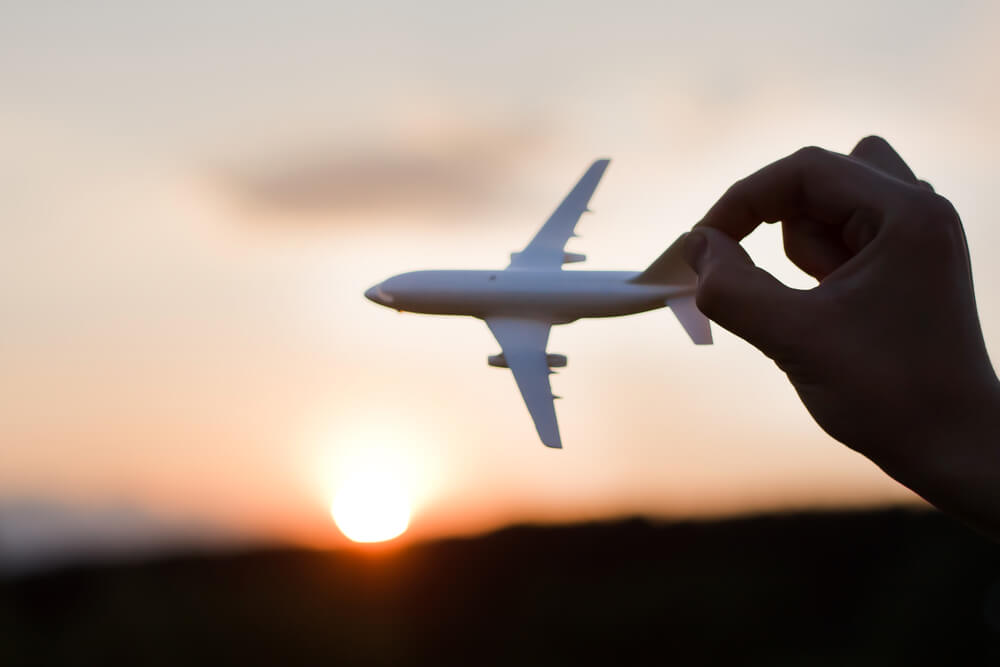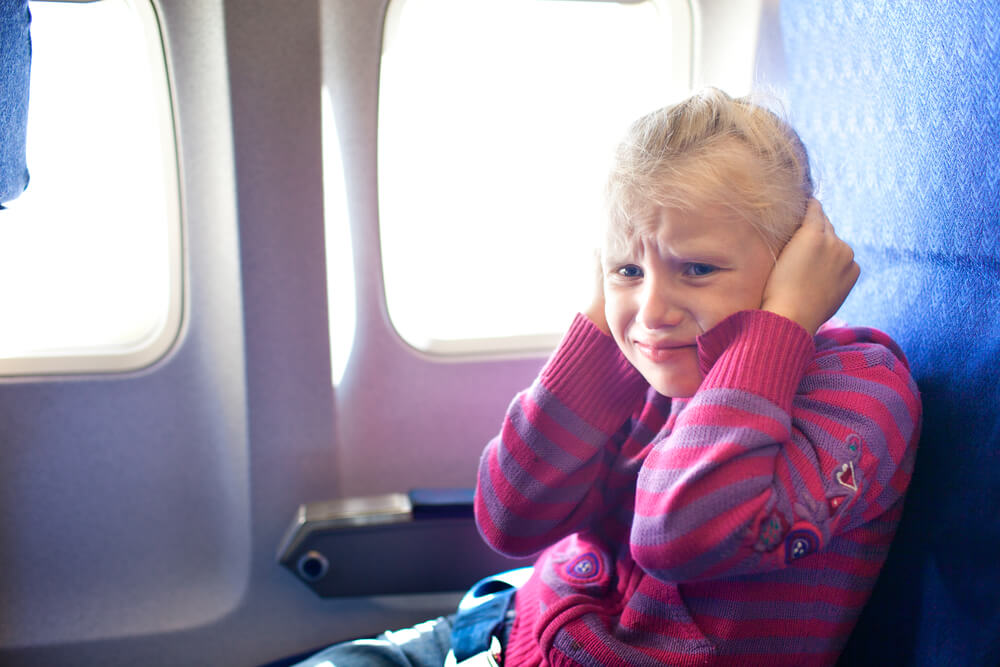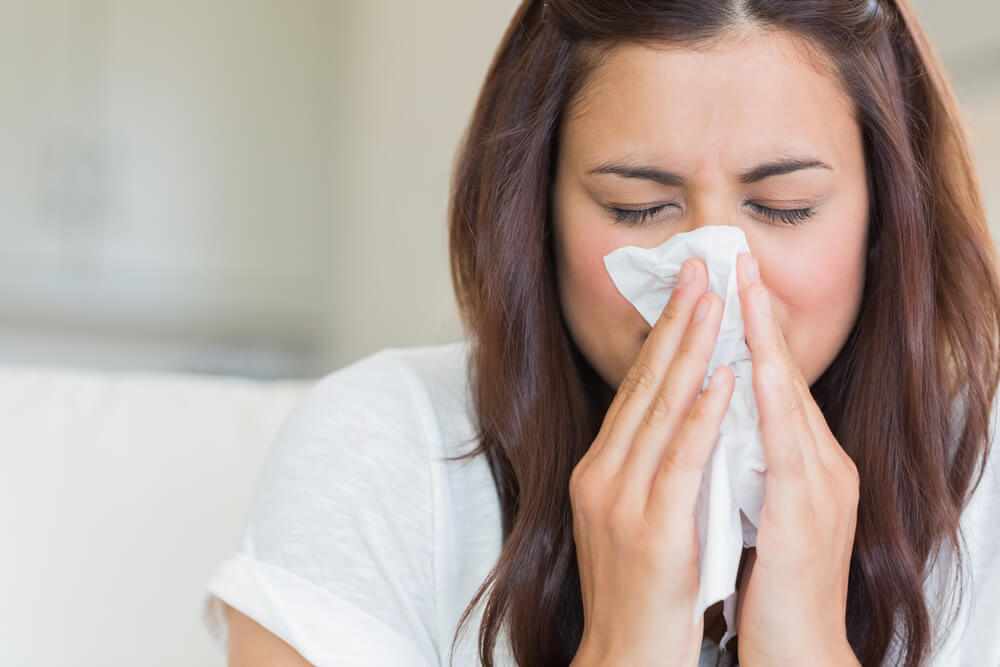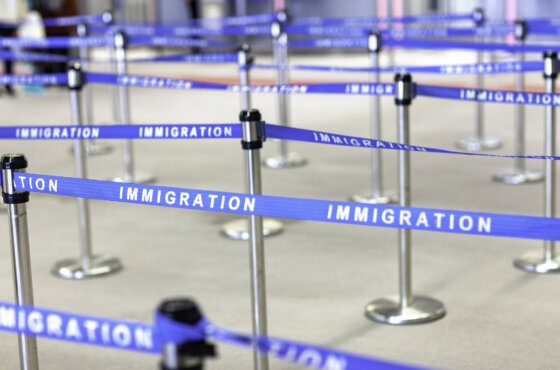From rhinitis to craniotomy: how the body reacts to long flights
Recently, scientists have calculated that the number of passengers sitting nearby aircraft risk of getting the flu increases by eighty percent. A long flight is fraught with exacerbation of thrombophlebitis. To be afraid of high radiation, on the contrary, is not worth it.

Фото: Depositphotos
What happens to the body in flight and how it affects health, studied publication RIA News.
Economy class syndrome
At high altitude, the body is in quite specific conditions. First of all, the reduced partial pressure of oxygen affects. That is why high mountain climbers use oxygen masks. In the hermetic cabin of the passenger liner, the pressure is maintained approximately as at the height of 1800-2400 meters above sea level. It is tolerable, but still below what most people living on the plains and coasts are accustomed to.
As you gain altitude, when the pressure in the plane decreases, your body begins to “boil” a little. Gases dissolved in our liquids form bubbles and burst out. Some experience this as a slight tingling sensation in the ears or even flatulence in the intestines. The descent of the plane, on the contrary, is felt as pressure on the eardrums and sinuses, which can be painful. In general, the vast majority of passengers tolerate these pressure changes normally.
On the subject: How flying on a plane breaks your brain
Another problem at high altitude is not terrible - the frost is below fifty degrees Celsius. The plane maintains a comfortable temperature. But the humidity is low - only about twenty percent. Because of this, during the flight, there is often a feeling of dry skin, nasopharyngeal irritation, coughing, sneezing.
All this, however, is trivial compared to hypodynamia - low mobility. Sitting in one position in a narrow chair even for a short time is uncomfortable, and if the flight lasts more than three hours, it is also dangerous.
In the sitting position, the arteries, vessels are pinched, and the blood flow is disturbed. This can cause stagnation of lymph and, as a result, swelling of the legs even in a healthy person, not to mention those who suffer from such systemic diseases as disorders of the cardiovascular system, liver and kidney functions.

Фото: Depositphotos
Hypodynamia threatens with exacerbation or the occurrence of thrombophlebitis - inflammation of the walls of the veins, which leads to the formation of blood clots. Those who travel mainly in economy class suffer mainly. That is why the elderly and all those at risk, doctors recommend bandaging their feet or wearing compression stockings. They squeeze the superficial veins, and the blood flow rushes through the deep veins. It is also useful to periodically warm up, stroll around the cabin, drink more.
Scientists from the Federal University of Minas Gerais (Brazil) note that the conditions on board greatly contribute to thrombophlebitis that can develop days and weeks after the flight: immobility, high altitude hypoxia (due to low partial pressure of oxygen), low humidity. In addition, those at risk are overweight people, those who take hormonal contraceptives or hormone replacement therapy, who have cancer. Genetic susceptibility to thrombosis, age, bad habits and much more also play a role.
Radiation dose
Solar and especially cosmic radiation can damage DNA cells. Of course, the body has many mechanisms for recovery and “repair” of carriers of genetic information. But if there is too much damage or it is very strong, such as double-strand DNA breaks, tissues do not have time to regenerate, mutations accumulate in genes, which entails health and behavioral problems.

Фото: Depositphotos
On Earth, the atmosphere protects us from cosmic rays and solar radiation. The higher we rise, the thinner it is, the more we irradiate. The body of the aircraft delays only ultraviolet, other types of more hard radiation pass unhindered. However, the doses received are very small: about three microsievert per hour.
Scientific American magazine calculated the radiation dose received by the most frequent flying passenger in the world. In 2017, they became businessman Tom Stucker. Over the years 14 it has flown almost 30 millions of kilometers. At the same time, the risk of developing cancer in him grew by only half a percent.
The radiation dose received during two seven-hour flights will be equivalent to what the body receives from a single chest X-ray.
From cold to trepanation
An 31-year-old man complained to the royal hospital in Perth in Australia complaining of nasal congestion, tinnitus, and pain in the face. It turned out that every two weeks he flew an airplane to work.
On the subject: What airlines charge for baggage and how much
Doctors suspected that he had inflammation of the bone behind the ear (mastoiditis) and made a CT scan of the head. The picture on the right revealed a large cavity filled with air. The patient had to do trepanation of the skull.
This is only the fourth case of pneumocephalus described in the scientific literature associated with frequent flights. Despite the exceptional rarity, scientists believe that often flying people are at risk.
In the same cabin with the virus
Changing time zones can knock down the body's internal clock. A person will experience insomnia, fatigue. If you have to work all day and then fly again, nervous tension and stress can accumulate. All this directly weakens the immune defense, makes the body susceptible to infections. In this state, even the internal microflora can be a source of inflammation, not to mention the causative agents of dangerous diseases.

Фото: Depositphotos
The fact that air traffic contributes to the spread of infections, especially dangerous, has long been known. The current measles outbreak in the United States is largely due to visitors from other countries where the situation with this viral disease is unfavorable. This was recently announced by scientists from the USA, Canada and Australia.
If most people in developed countries protect against measles, then there are often no protection against other infections, such as from dengue fever, of various strains of influenza. However, there is no reason for panic here either.
Scientists from Emory University (USA) decided to estimate the likelihood of infection with influenza during transcontinental flights. They proceeded from the fact that the infection is transmitted by airborne droplets, so the movement of passengers and crew members through the cabin contributes to its spread. The experiment during real flights showed that for those who are sitting in close proximity to the patient, within the same row and two chairs on the sides, the risk of infection rises to 80 percent or more. For the rest - only three percent.
Read also on ForumDaily:
10 simple travel and vacation tips
Everyone will believe: in the US, there is a service for creating fake photos from vacation
Why Americans love cruises so much
What awaits you after moving to the USA
Subscribe to ForumDaily on Google NewsDo you want more important and interesting news about life in the USA and immigration to America? — support us donate! Also subscribe to our page Facebook. Select the “Priority in display” option and read us first. Also, don't forget to subscribe to our РєР ° РЅР ° Р »РІ Telegram and Instagram- there is a lot of interesting things there. And join thousands of readers ForumDaily New York — there you will find a lot of interesting and positive information about life in the metropolis.











